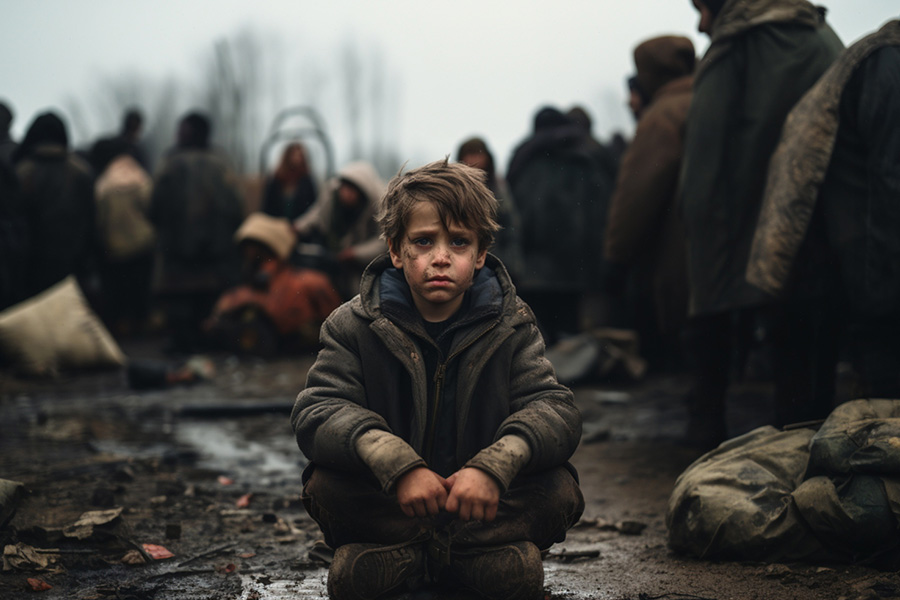
Armed conflict-exposed children can experience posttraumatic growth, influenced by social support, culture, and demographics.
Authors
Irfan Fayaz, Assistant Professor, Jindal Institute of Behavioural Science, O.P. Jindal Global University, Sonipat, Haryana, India
Pulkit Khanna, Professor, Jindal Institute of Behavioural Science, O.P. Jindal Global University, Sonipat, Haryana, India
Summary
Purpose: The United Nations High Commissioner for Refugees reports that armed conflicts burden children, comprising nearly half of the population in most war and conflict regions. Despite experiencing trauma from exposure to armed conflict, some children experience positive psychological change as well. The study aims to systematically review existing literature to explore the factors that promote posttraumatic growth in children and adolescents exposed to armed conflict.
Material and Method: This systematic scoping review followed five consecutive steps specified in the Arksey and O’Malley framework. Exploring six databases, PubMed, Science Direct, ProQuest, Scopus, Cochrane, and Web of Science, we identified and assessed 51 articles, of which seven satisfied the inclusion criteria.
Results: The review findings suggest that the mean prevalence of posttraumatic growth in children and adolescents exposed to armed conflict ranges from 2.50 to 81.84 as per the posttraumatic growth inventory total scores (using the Posttraumatic Growth Inventory), with possible scores ranging from 0 to 105. Demographic factors and posttraumatic stress, religious and cultural practices, and social support were suggested to be associated with posttraumatic growth.
Discussion: Overall, varied degrees of growth were found to be a recurring phenomenon among survivors of armed conflict. The study found that sociocultural context was one of the crucial factors associated with posttraumatic growth.
Conclusion: We dive into the potential implications for practical applications, policy development, and the direction of future endeavors.
Published in: Journal of Evidence-Based Social Work (United States)
To read the full article, please click here.

